I have spent countless hours immersed in The Legend of Heroes: Trails to Azure, and I can confidently say that it is an absolute delight for any fan of JRPGs and speedrunning alike. Released on March 14, 2023, by NIS America and developed by Nihon Falcom, this game offers me a unique opportunity to explore its robust narrative and engaging gameplay mechanics. As a speedrunner, I enjoy dissecting games to optimize strategies and completion times. In this review, I will share my in-depth impressions while focusing on key aspects that make the game stand out.
Overall Impressions
The Legend of Heroes: Trails to Azure impressed me from the very start. The game excels in blending intricate storytelling with strategic combat elements. I found its structure fascinating and its pacing superb. The narrative is woven with political intrigue and mystery. It takes players on an immersive journey with the Special Support Section as they navigate Crossbell’s fraught political landscape. I appreciate that the game never rushes its storytelling, yet it offers moments where time feels of the essence.
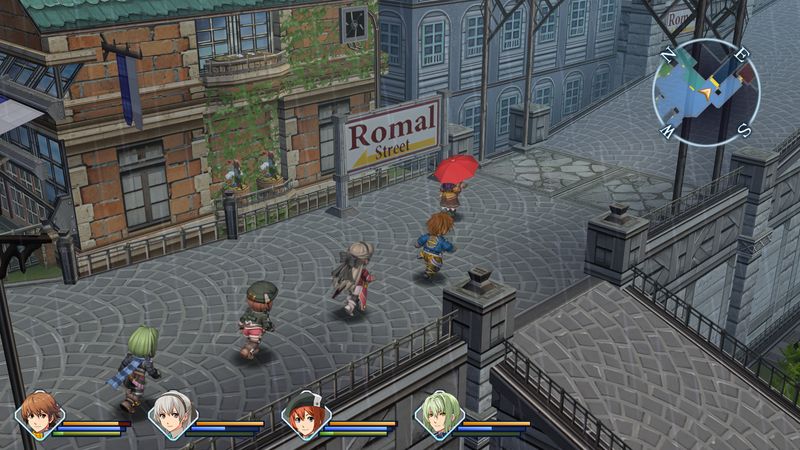
The game also stands tall among its peers in the JRPG genre. While many titles rely on repetitive combat algorithms, Trails to Azure introduces diverse mechanics that reward both careful planning and fast-paced decision-making. The character interactions are well-developed. They offer insight into each member’s background and motivations, contributing to a deep and resonant narrative. I have long admired Nihon Falcom for their ability to craft stories that challenge the player intellectually and emotionally.
Gameplay Mechanics
Speedrunning requires a precise and well-honed understanding of game mechanics, and this title rewards those who dig into its details. Combat is deliberate, tactical, and, at times, unexpectedly fast-paced. I particularly enjoyed optimizing my combat routes and experimenting with different party configurations. The mechanics encourage players to refine their execution and master the game’s intricacies. One of the standout moments for me during a speedrun was discovering a sequence that allowed me to bypass lengthy encounters without sacrificing the experience.
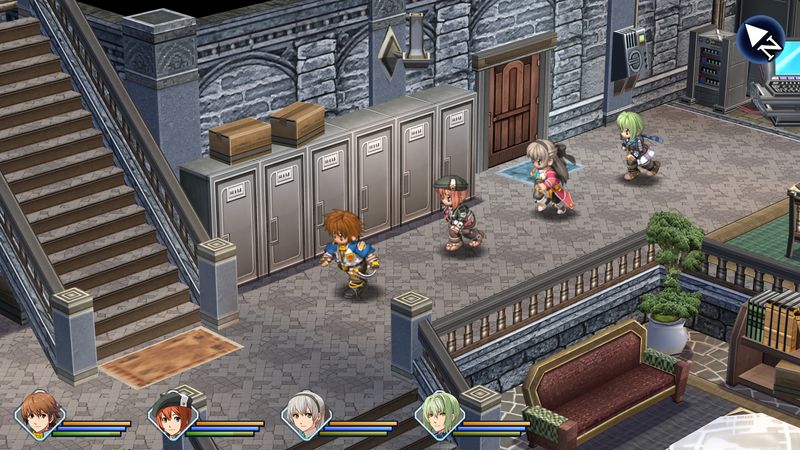
Some user reviews mentioned that combat may seem challenging compared to previous entries in the series. In my experience, the challenge felt balanced and fair. Each fight forced me to think critically and adopt new strategies. I found the learning curve to be reasonable, making every victory a genuine achievement. There were moments when the combat dynamics shifted suddenly, but these only added to the excitement and adrenaline of the experience.
Story and Characters
I have always believed that a compelling story enriches a game. Trails to Azure delivers on this front with a gripping narrative layered with intricate details. The tale unfolds as the Special Support Section confronts imminent threats and internal conflicts. I appreciate how the story travels through themes of loyalty, sacrifice, and political maneuvering. The dialogue is sharp and well-crafted, making each conversation feel like a puzzle to decipher.
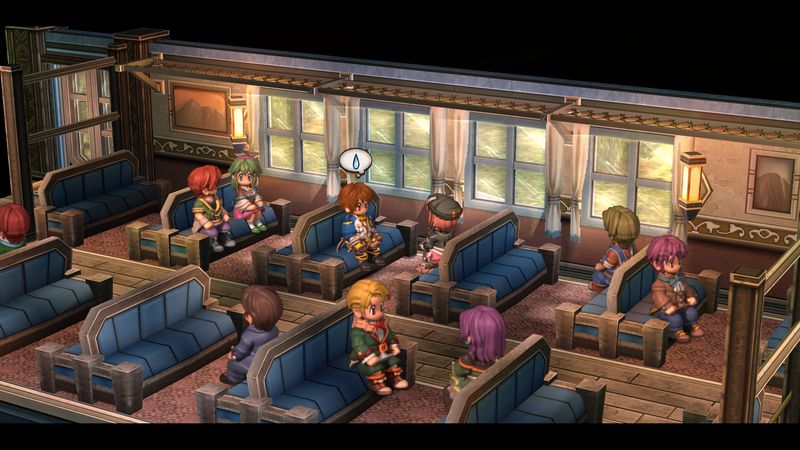
The characters themselves offer a mix of personalities that amplify the game’s dramatic tension. Each member of the team is given depth and growth, and their interactions lend authenticity to the plot. I found that the relationships among the characters provided not only narrative cohesion but also vital gameplay advantages. For example, understanding character strengths and weaknesses allowed me to plan my rushes and exploit the battle system to the fullest. For speedrunners and narrative purists alike, these rich character dynamics are a treasure trove.
Visuals and Graphics
The visual presentation of Trails to Azure is adorned with faint nostalgia and modern polish. Nihon Falcom has managed to blend detailed 2D artwork with subtle 3D effects to create a world that feels both timeless and contemporary. Every area in Crossbell is rendered in high detail, from crumbling ruins to bustling urban landscapes. The artistic style enhances the atmosphere of political unrest and mystery that permeates the game.
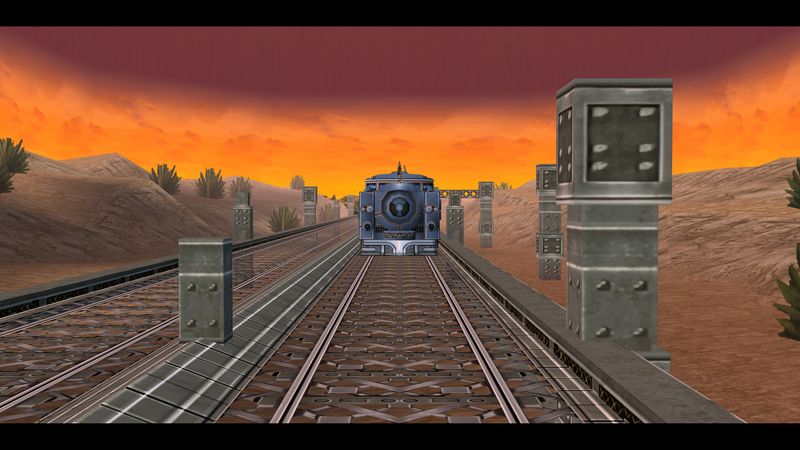
There are plenty of moments where the visuals directly support the pacing and tension of the narrative. Cutscenes transition smoothly, and environmental designs encourage players to study and explore every corner. The clarity of the visuals contributes to faster reaction times during critical moments in combat. This aspect has been particularly helpful during time-sensitive challenges where I needed to make split-second decisions. The visual storytelling remains consistent and engaging throughout my long sessions.
Sound and Music
The auditory experience perfectly complements the game’s atmosphere. Trails to Azure boasts an unforgettable soundtrack that accentuates both the dramatic and calm moments of the gameplay. The score perfectly marries with the unfolding narrative, with each track evoking emotions that enhance the stakes at hand. The background music is carefully curated to keep you on your toes during tense combat sequences.
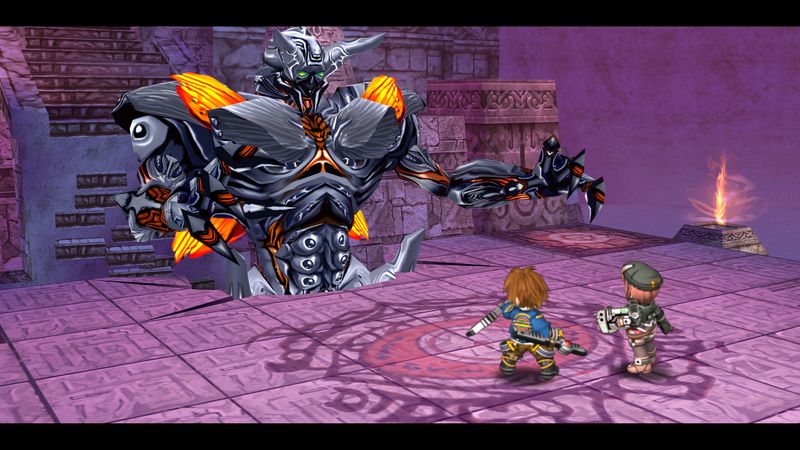
Sound effects are crisp and immersive. They add an extra layer of satisfaction to every well-executed move. The voice acting is commendable and improves the authenticity of the dialogue scenes. I found that the sound design in several key battles drove my adrenaline, which is vital when trying to push times in a speedrun. It is clear that the sound team put considerable thought into how each beep, clash, and musical note contributes to the overall experience.
Difficulty and Replayability
For those who thrive under challenging gameplay frameworks, this title delivers on complexity and replayability. The game builds up its difficulty gradually, giving new players enough time to adapt to its mechanics. For experienced gamers, every fight and puzzle becomes an opportunity to experiment with speedrun tactics and new strategies.
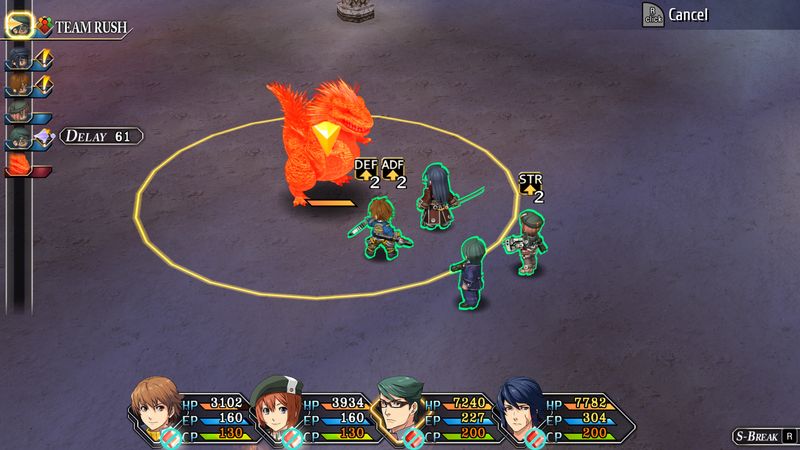
I acknowledge that the game can feel unforgiving during certain boss encounters. However, I view these challenges as a chance to deepen my understanding of the game’s design. Each trial proved to be a learning experience that sharpened my timing and efficiency. The choice to focus on both story progression and combat mastery creates a delicate equilibrium. Additionally, secrets and side quests provide reasons to revisit the game. There is always something new to uncover, motivating multiple playthroughs and persistent improvement.
Final Thoughts and Rating
In conclusion, The Legend of Heroes: Trails to Azure has carved its niche as a standout entry in the JRPG field. It serves fans who appreciate rich storylines and engaging combat systems. Its blend of traditional narrative and modern gaming elements makes it a rewarding challenge for speedrunners and casual gamers alike. I admired the game’s detailed character development, strategic combat moments, and atmospheric design. While a few moments occasionally slowed the pace, they ultimately grounded the overall experience.
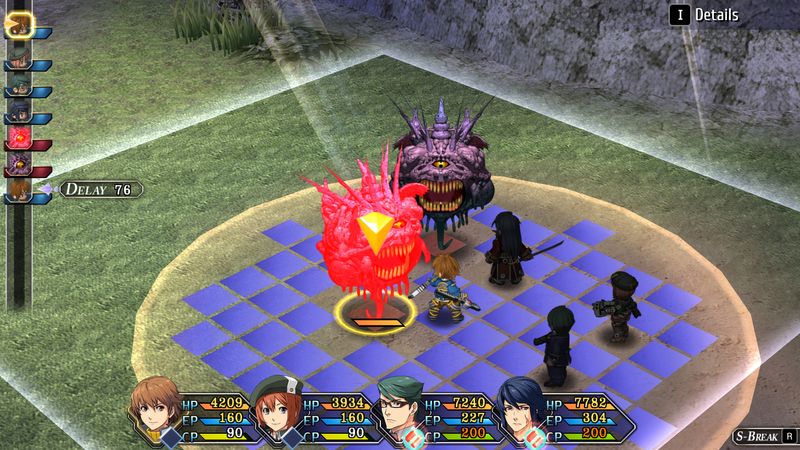
The meticulous design encourages deeper analysis and continuous improvement—key values shared by me as a speedrunner and by the dedicated community. This game challenges you intellectually and immerses you in a meticulously crafted world. I highly recommend it to anyone eager for a story-driven adventure that rewards both reflection and rapid execution.
I give The Legend of Heroes: Trails to Azure 4.5 out of 5 stars. This nearly perfect score reflects my admiration for the game’s vibrant design and intricate mechanics. Nihon Falcom, with their rich legacy, continues to prove that they remain at the forefront of innovative JRPG design. My journey with the Special Support Section was full of exhilarating moments and valuable insights that will undoubtedly influence my future speedrunning techniques. I look forward to applying these lessons in upcoming runs and encourage fellow gamers to dive into this multifaceted experience.
Add The Legend of Heroes: Trails to Azure to your Steam collection!

